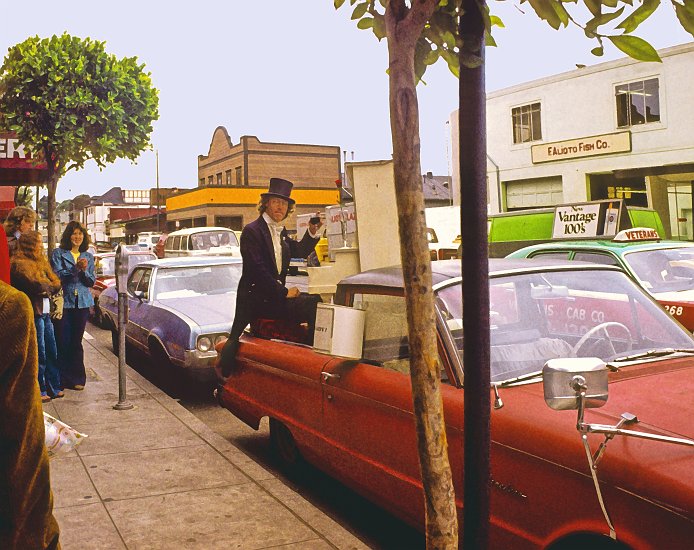Part V

Take a co-creative stand so that disruptions become a source of engagement and learning.
At a recent event that I attended, the focus was on community. The participants were from government, communities, and organizations with a socially oriented mission, both for profit and nonprofit. While mostly white, the 150 people there were sufficiently diverse in age, race, geography, and gender to make the setting spicy.
And then there was the design. Two days of talks, interspersed with small group conversations about the talks. The last day was in Open Space. Two conditions made for a rocky experience. The first: all but one of the in-person speakers were older white men. The second: with one exception, the speakers all lectured. While well intentioned, and unquestionably from a respectful place, the talks had a quality of bringing knowledge down from on high. The exception was a couple who shared their work and brought with them the questions they were striving to answer as part of their offering.
As the second morning started with yet another presenter, someone stood to voice his frustration. He beat me to it by the random selection of the holder of the microphone. The participant spoke clearly and respectfully. He made a request that we hear from a greater diversity of people. The conference hosts listened. They took in challenging feedback, redesigned over a break, and invited people to self-organize around topics of interest.
No matter how well prepared you think you are, stuff happens. Our brilliant design don’t always work as envisioned. That’s when grace under pressure helps.
Design Suggestion
Be prepared to be surprised. Just as practicing scales prepares the way for great jazz, knowing the rhythm and likely effects of the activities you choose equips you to meet the needs of a group in the moment. And like jazz, working with partners when hosting a large group can enrich the experience. Multiple sets of eyes provide more insight into a situation, along with putting a greater range of experiences and options at your finger tips.
Years ago, working with a team of four, I was virtually thrown out of a gathering by the participants of a conference that I had spent months organizing. As I put it at the time, I was standing still in the fire and I got burnt. Fortunately for the attendees, there were four of us holding the space. My partners could see what was happening and made sure the needs of the group were met.
As for me, it sent me on a learning journey that led to increased capacity to listen and adapt. I became far less dogmatic in my approach to my work with groups. And it sure makes me compassionate when other designers and hosts experience the unexpected!

